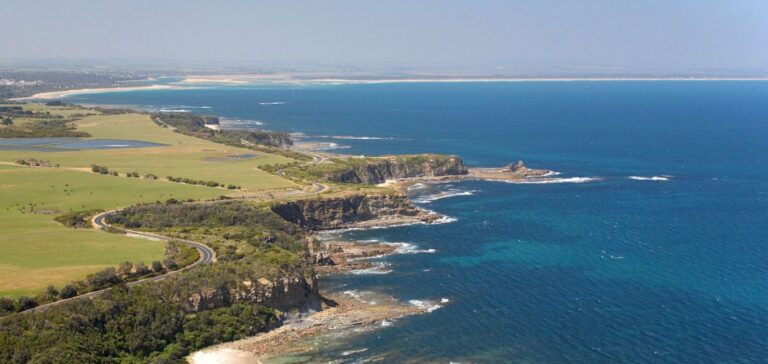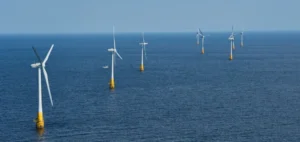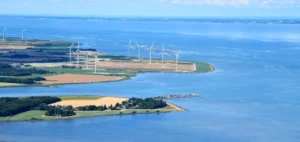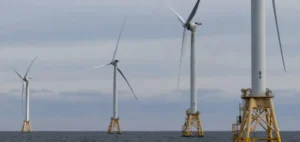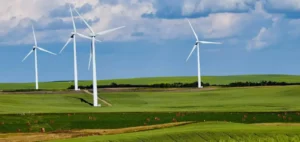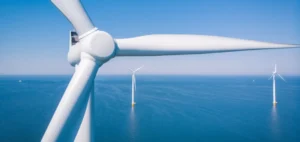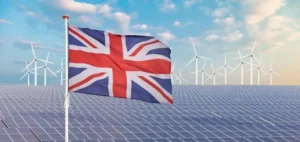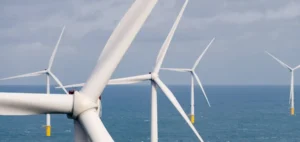Ocean Winds, the joint venture between ENGIE and EDP Renewables, has been awarded exclusive rights to develop Australia’s first-ever offshore wind project. This project off the coast of Gippsland covers an area of 150 km² and represents an installed capacity of 1.3 GW, supplying electricity to almost one million homes in the state of Victoria. The High Sea Wind project aims to avoid 5.3 million tonnes of CO2 emissions per year, making a significant contribution to the state’s goal of producing 95% renewable energy by 2035.
The commitment of Ocean Winds and ENGIE
Ocean Winds, with 18 GW of offshore wind projects worldwide, has the expertise to carry out this innovative project. The local presence of ENGIE, which has been operating in Australia since 1996, further strengthens the joint venture’s position. Paulo Almirante, Executive Vice President, Renewables and Energy Management at ENGIE, underlines the importance of this success for Australia’s energy transition and its positive impact on the local economy.
Ocean Winds Strategic Objectives
The High Sea Wind project enables Ocean Winds to enter the Australian offshore wind market, strengthening its position on the international scene. The company aims to actively contribute to the energy transition by offering low-carbon solutions, while ensuring competitive economic performance. Thanks to ENGIE’s expertise, the project will benefit from sustainable and innovative solutions, positioning Ocean Winds as a key player in renewable energy production in Australia.
Economic and social impact
The development of the offshore wind farm will stimulate the local economy by generating new jobs and strengthening the energy infrastructure. What’s more, the project’s affordable and reliable energy supply will directly benefit households, contributing to the region’s energy self-sufficiency. By integrating sustainability objectives, Ocean Winds illustrates its commitment to environmental, social and governance (ESG) principles.
Contribution to the Australian Energy Landscape
The High Sea Wind project marks a crucial step in Australia’s energy transition. Ocean Winds and ENGIE are playing a pioneering role in paving the way for offshore renewable energy, supporting Victoria’s environmental goals while creating new economic opportunities.


